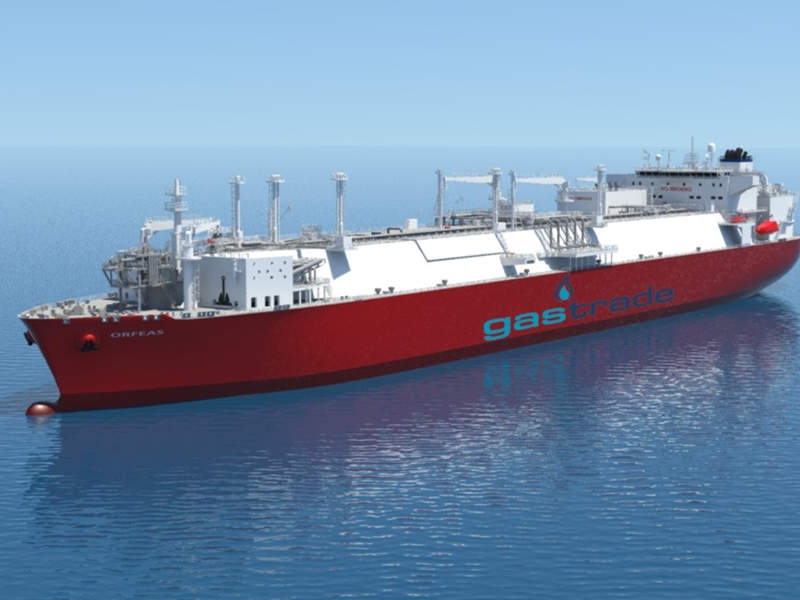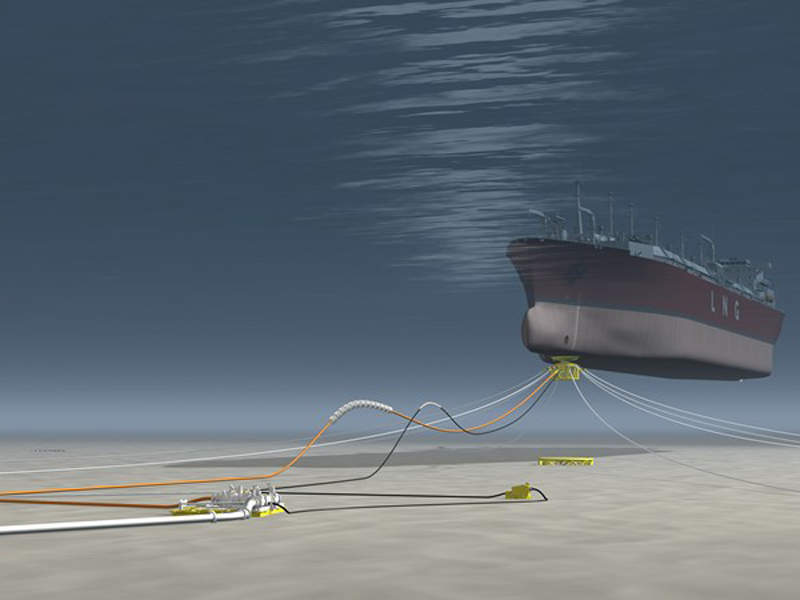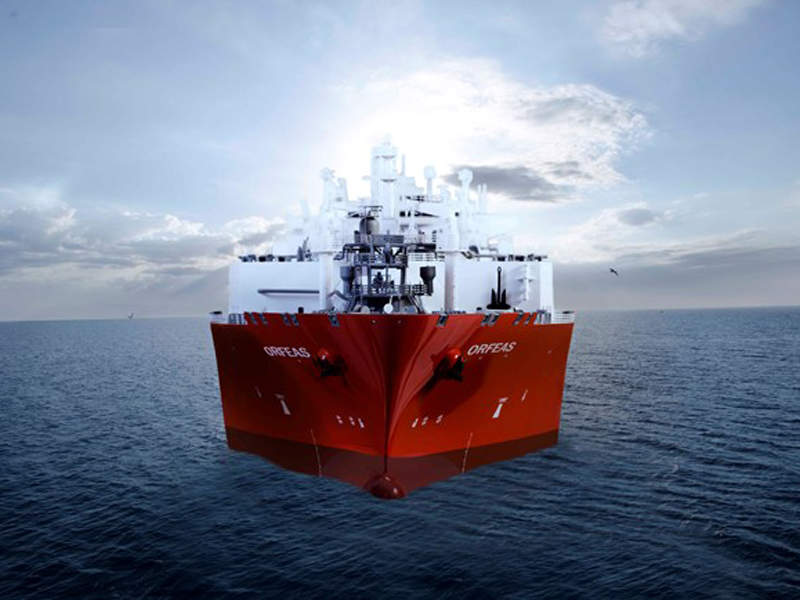Alexandroupolis Independent Natural Gas System (INGS) is planned to be developed approximately 17.6km south-west of Alexandroupolis in the Aegean Sea, offshore Greece.
Gastrade is currently responsible for developing the project.
A front-end engineering design (FEED) study for the development was completed in September 2017.
The European Commission (EC) co-funded 50% of the study via the Connecting Europe Facility (CEF) programme.
The final investment decision for the €370m ($435m) initiative will be taken in 2018.
Construction is expected to be completed within 24 months, while commissioning is scheduled for the second half of 2020.
The INGS project is expected to improve energy security across the region and promote the development of a competitive regional gas trading hub.
Alexandroupolis INGS design details
Alexandroupolis INGS will include a floating storage and regasification unit (FSRU) with the ability to transport, store and convert LNG into natural gas.
It will also be equipped with a subsea and onshore gas transmission system.
The floating terminal will have an incoming LNG transfer rate of 10,000 cubic metres per hour (m³/h), a storage capacity of 170,000m³ and a maximum regasification capacity of 700,000 normal cubic metres per hour (Nm³/h).
It is expected to receive LNG from carriers through its loading arms and store it in cryogenic tanks.
The LNG will then be transferred to the subsea pipeline via a submerged turret and flexible risers.
Mooring and anchoring system of Alexandroupolis INGS
The floating unit will be moored at a distance of 17.6km south-west of Alexandroupolis, and 10km from the shore of the village of Makri in water depths of approximately 40m.
The mooring system will comprise a submerged mooring turret and an anchorage system that will include mooring lines and suction anchors.
Its turret will hold the unit in a fixed position, enabling 360° rotation based on the direction of the sea currents and waves.
The mooring turret’s anchoring system will consist of eight suction anchors, which will ensure the stability and safety of the floating unit in all weather conditions.
The mooring system can be disconnected for easy maintenance, as well as for emergency purposes.
Subsea and onshore gas transmission system
Regasified LNG will be transported onshore via a gas transmission system consisting of a subsea pipeline and an onshore pipeline.
Twin 14in-diameter flexible risers will transmit natural gas from the floating unit’s loading turret to the pipeline end manifold (PLEM) located on the seabed.
The PLEM will connect to the 24 km-long, 30in-diameter subsea pipeline.
Alexandroupolis INGS’s subsea pipeline will be laid in water depths of more than 15m and will have a maximum operating pressure of 1,450lb per square inch, or 9,997 kilopascals.
The pipeline will be buried in a trench for a distance of 4km as the sea depth decreases to less than 15m for safety reasons.
The onshore pipeline will be laid on the coastline of the Apalos area, connecting to the Kipi-Komotini branch of the Greek National Natural Gas System (NNGS) near the Amphitriti village.
A new entry station will be built by natural gas operator DESFA near the existing NNGS Alexandroupolis exit station, which is currently being operated by the company.
Contractors involved
Wood Group was granted the FEED contract for the project.
Metocean Services International (MSI) and BMT were jointly awarded a deal to carry out environmental monitoring system (EMS) studies.
The two companies will also be responsible for delivering the metocean criteria study in support of the terminal design.
Alexandroupolis INGS project benefits
The project will be directly connected to the NNGS of Greece and is intended to supply natural gas to the Greek market.
It will provide access to south-eastern European markets through various interconnection pipelines.
The INGS project is also expected to support the European Union’s (EU) plan to diversify supply sources and routes, and has been included in the third list of Projects of Common Interest (2017-2019).





